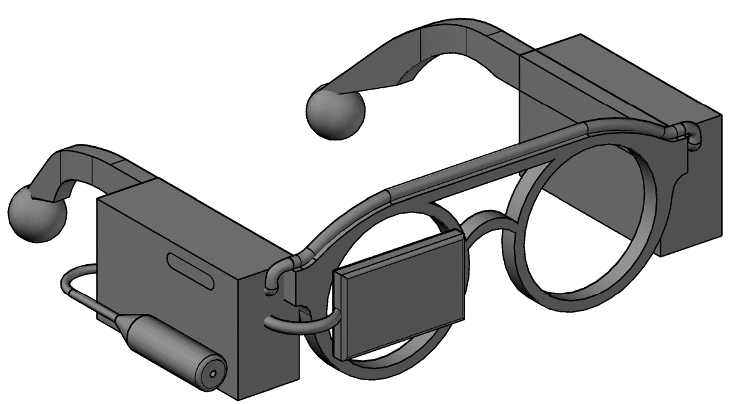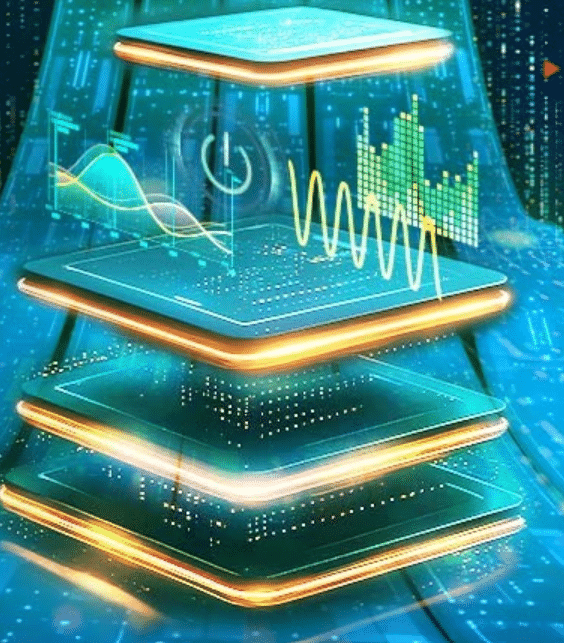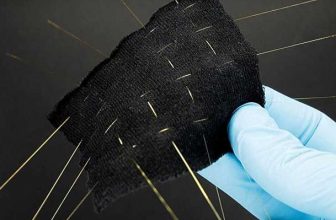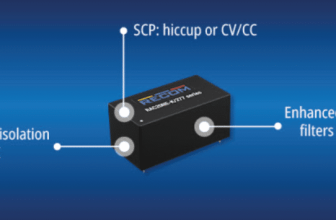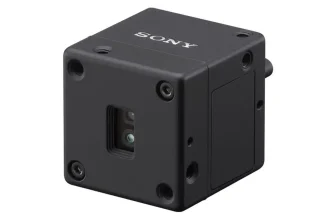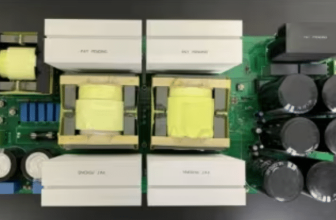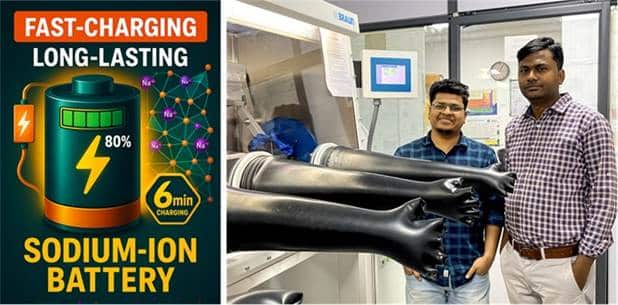
Check out our latest products
The new sodium battery charges fast, lasts long, and offers a low-cost alternative to lithium, helping India reduce imports and support local energy storage.
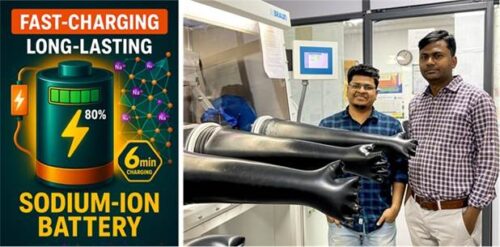
As the world moves quickly toward electrification—from vehicles to rural areas—one key need remains: affordable, fast, and safe batteries. Lithium-ion batteries have led the way so far, but they are expensive and rely on limited, geopolitically sensitive resources. A team at the Jawaharlal Nehru Centre for Advanced Scientific Research (JNCASR), an institute under the Department of Science and Technology (DST), has developed a fast-charging sodium-ion battery (SIB). Based on a NASICON-type cathode and anode, the battery can charge up to 80% in just six minutes and lasts through more than 3,000 charge cycles.
Traditional sodium-ion batteries often charge slowly and wear out quickly. This new design changes that. Led by Prof. Premkumar Senguttuvan and Ph.D. student Biplab Patra, the team created a new anode material—Na₁.₀V₀.₂₅Al₀.₂₅Nb₁.₅(PO₄)₃—and improved it in three ways: by reducing the particle size to the nanoscale, adding a thin carbon coating, and including a small amount of aluminium. These changes help sodium ions move faster and more safely, leading to quicker charging and longer life.

Sodium is inexpensive and widely available in India, unlike lithium, which is scarce and mostly imported. Using sodium instead of lithium in batteries could help India reduce dependence on imports and support the Atmanirbhar Bharat mission’s goal of self-reliance in energy storage.
These sodium-ion batteries could be used in many areas—electric vehicles, solar energy systems, drones, and even rural homes—helping bring clean energy to places that need it most.
The technology has been tested using advanced methods like electrochemical cycling and quantum simulations. It supports fast charging and avoids the fire and wear issues seen in traditional batteries.
Though more work is needed before these batteries reach the market, this development is a major step. Scientists around the world are beginning to take notice, and with continued support, India could become a leader in green battery innovation.


![[5G & 2.4G] Indoor/Outdoor Security Camera for Home, Baby/Elder/Dog/Pet Camera with Phone App, Wi-Fi Camera w/Spotlight, Color Night Vision, 2-Way Audio, 24/7, SD/Cloud Storage, Work w/Alexa, 2Pack](https://m.media-amazon.com/images/I/71gzKbvCrrL._AC_SL1500_.jpg)



![[3 Pack] Sport Bands Compatible with Fitbit Charge 5 Bands Women Men, Adjustable Soft Silicone Charge 5 Wristband Strap for Fitbit Charge 5, Large](https://m.media-amazon.com/images/I/61Tqj4Sz2rL._AC_SL1500_.jpg)
